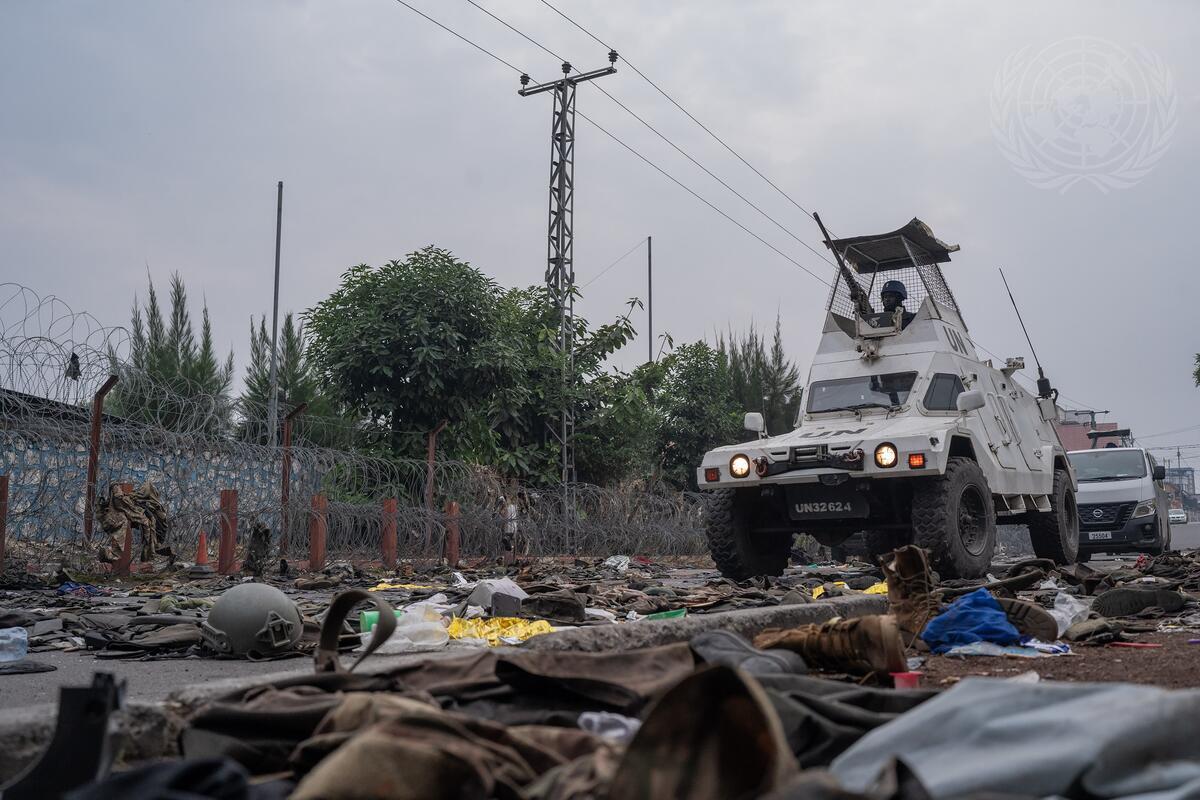SIPRI Institute: World Military Expenditure Trends 2024

In April 2025, the Stockholm International Peace Research Institute (SIPRI) published a factsheet analysing the trends in world military expenditure in 2024 according to which expenditure rose by 37 per cent between 2015 and 2024. Military spending rose in all five of the world's geographical areas. This decade-long growth in global military expenditure can be partially attributed to spending increases in Europe, largely driven by the ongoing Russia–Ukraine war, and in the Middle East, driven by the war in Gaza and wider regional conflicts.
The two biggest military spenders in the world are the United States and China as they accounted for almost half of world military expenditure in 2024.
The USA remained by far the largest spender in the world with $997 billion. The USA’s spending priorities for 2024 aligned with the 2022 US National Defense Strategy (NDS), focusing on strengthening deterrence against Russia in the short term and China in the long term. .
China, ranking as the world's second-largest military spender, allocated $314 billion towards its armed forces in 2024, reflecting a 7.0 percent increase from the previous year.This was the largest year-on-year percentage increase in China’s military spending since 2015 and the 30th consecutive year of growth.
The third largest military spender was Russia, with an estimated $149 billion. This substantial outlay accounted for a significant 19.1% of the Russian government's total spending and 7.1% of the nation's GDP. Since the full-scale invasion of Ukraine in early 2022, Russia's military budget has become increasingly ambiguous and opaque, with around 30% of the budgeted expenditures being marked as classified.
The regional trends show that countries in the Americas accounted for 40 per cent of global military spending in 2024, followed by countries in Europe (26 per cent), Asia and Oceania (23 per cent), the Middle East (9.0 per cent) and Africa (1.9 per cent).
Military expenditure across the African continent exhibited an overall increase from 2023. North Africa's military expenditure surged to $30.2 billion, an 8.8% increase from 2023, with Algeria and Morocco accounting for 90% of the subregional total. Conversely, sub-Saharan Africa witnessed a 3.2% decrease, mainly driven by reduced spending in the region's largest military spender, South Africa.
In the Americas, military expenditure totalled $1100 billion in 2024, which is an increase from the previous year. Notably, the South American nation of Guyana experienced the highest annual percentage rise in military spending globally.
In Asia and Oceania, the total military spending amounted to $629 billion, marking the most significant year−on−year increase since 2009, amid escalating geopolitical tensions across the region, especially in East Asia. Japan′s defense spending surged to 55.3 billion, a substantial 21% rise from the previous year. South Korea's acquisition program also drove increased expenditure as it persisted in acquiring pre-emptive strike capabilities, including ballistic missiles and F-35A combat aircraft. Myanmar's military burden increased to 6.8% of GDP while spending increased by 66% as the internal strife intensified and rebel factions continued to gain momentum against the reigning military junta.
In Europe, military expenditure in Central and Western Europe grew significantly. The Russia–Ukraine war, which was in its third year in 2024, continued to drive military spending upward, pushing European spending beyond the level recorded at the end of the cold war.
Military expenditure in the Middle East reached an estimated $243 billion. Saudi Arabia continued to be the leading military spender in the region and the seventh largest globally. Israel’s military expenditure grew by 65 per cent in 2024 to reach $46.5 billion, the largest year-on-year increase in Israeli spending since the Six-Day War in 1967. The biggest annual growth in Israeli military spending since the 1967 Six-Day War occurred in 2024 when it increased by 65% reaching $46.5 billion. Between 2015 and 2024, Israel's military spending increased by 135%.

